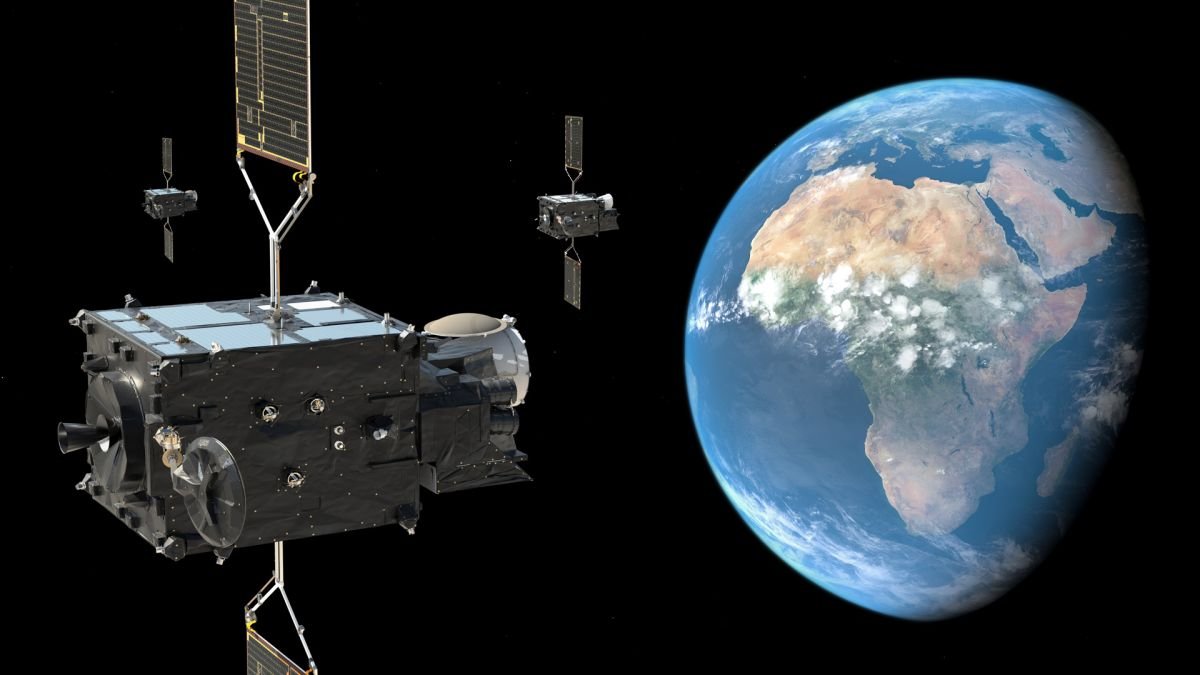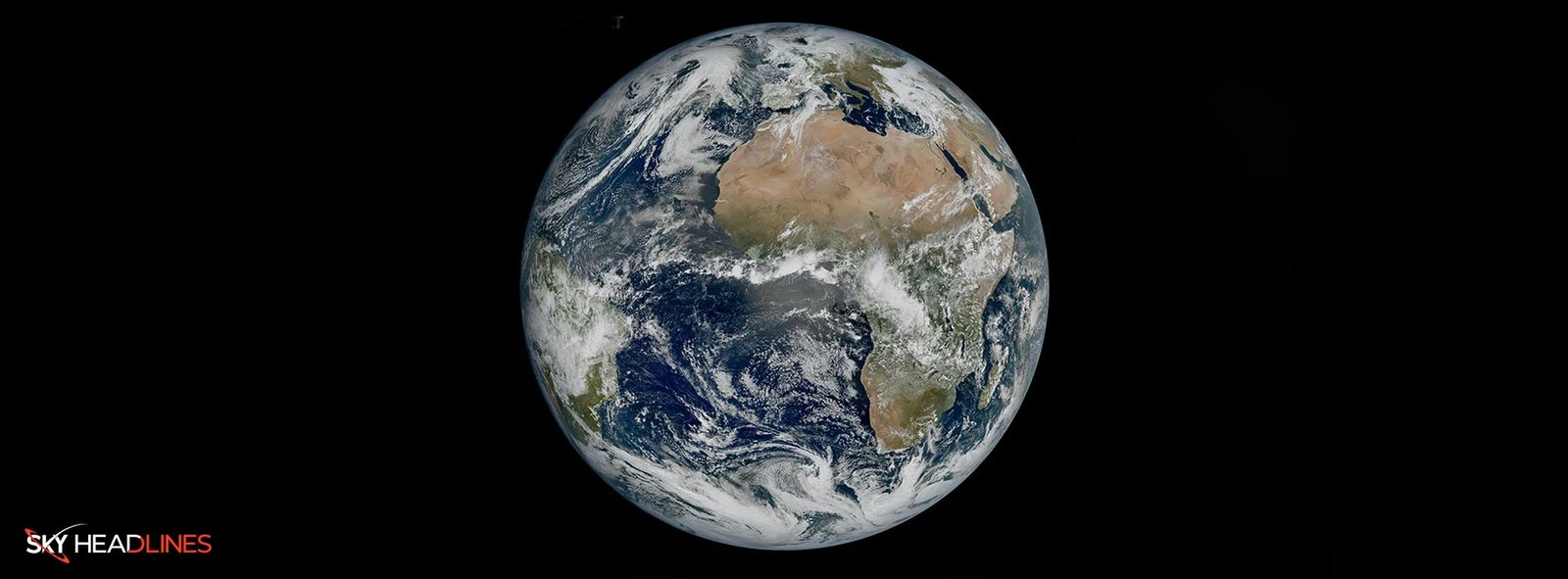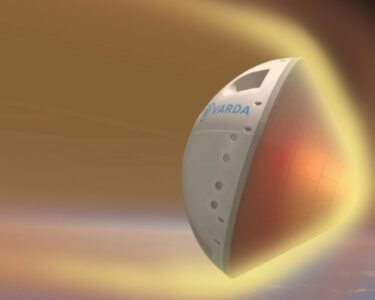A new European weather satellite MTG-I1 has taken a high-quality picture of Earth. The image shows our planet looking beautiful, but with lots of clouds that could mean bad weather.
When was the new weather satellite MTG-I1 launched and what is its purpose?
On December 12, 2022, Europe’s meteorological satellite agency, EUMETSAT, and the European Space Agency (ESA) launched a new weather satellite called MTG-I1. It’s the first of a new generation of weather satellites called the MTG system. The satellite was launched using an Ariane 5 rocket. By 2016, a system of six satellites will be up and running.

Which regions of the Earth are visible in the picture taken by the MTG-I1?
A new weather satellite in Europe took a picture of the Earth that shows how beautiful our planet is, even with clouds in the sky. The Meteosat Third Generation – Imager 1 (MTG-I1) took an amazing picture that shows Europe, Africa, and the Atlantic with incredible detail. This satellite is going to change the way we predict the weather, especially severe weather.
Simonetta Cheli:
“This image is a great example of what European cooperation in space can achieve,” ESA’s Director of Earth Observation Programmes, Simonetta Cheli, says. “The level of detail MTG-I1’s image reveals, unachievable over Europe and Africa from a geostationary orbit until now, will give us a greater understanding of our planet and the weather systems that shape it.”
What does the picture released by EUMETSAT and ESA show about the weather?
These satellites will provide important information about extreme weather events for the next 20 years. This week, EUMETSAT and ESA released a new picture taken by a satellite’s Flexible Combined Imager on March 18, 2023. The picture displays cloudy weather over Northern and Western Europe and Scandinavia, while Italy and the Western Balkans have clear skies.
Swirling clouds:
The picture shows swirling clouds over the Canary Islands, snow on the Alps, and sediment in the water along the coast of Italy. ESA has released new images that show more details than older images from the Meteosat Second Generation satellites. These new images are from the MTG-I1 and other third-generation spacecraft that will replace the older ones. Some features were missing in older satellite images.
MTG-I1 can observe cloud structures in high-latitude areas. This will help weather forecasters track severe weather that develops quickly in those regions.
Phil Evans:
“This remarkable image gives us great confidence in our expectation that the MTG system will herald a new era in the forecasting of severe weather events,” EUMETSAT director general, Phil Evans, said in ESA’s statement. “It might sound odd to be so excited about a cloudy day in most of Europe. But the level of detail seen for the clouds in this image is extraordinarily important to weather forecasters.”
What is the purpose of the new Meteosat meteorological satellites?
The new Meteosat meteorological satellites will take better pictures of the Earth than the old ones. They will also take more pictures more often. Once it’s up and running, the system will take pictures of the entire Earth every 10 minutes. The MTG system needs this frequency to keep an eye on severe weather.

Natalia Donoho:
“The high-resolution and frequent repeat cycle of the Flexible Combined Imager will greatly help the World Meteorological Organization community to improve forecasts of severe weather, long-term climate monitoring, marine applications, and agricultural meteorology, and will make an important contribution to the Early Warnings For All Initiative, in particular on the African continent,” Head of the World Meteorological Organization Space Systems and Utilization Division, WMO, Natalia Donoho, said in the statement.
How long MTG-I1 will take to provide weather data?
MTG-I1 won’t provide weather data to Europe and the rest of the world until late 2023. In the next year, they will turn on the satellite’s Flexible Combined Imager and Lightning Imager instruments and make sure the data it collects is accurate.
Who will join the MTG-I1 in space?
A new satellite called MTG-S will soon join the MTG-I1 in space. It has special tools on it like an Infrared Sounder and an Ultraviolet Visible Near-Infrared spectrometer. MTG-S is a new technology that can predict severe thunderstorms more accurately. It models atmospheric instability in 3D throughout the clouds, which is a big improvement for early warning systems.
Paul Blythe:
“Following the launch of the MTG-I1 satellite, the momentum in the MTG program is relentless,” ESA’s Meteosat program manager Paul Blythe said. “The initial results from MTG-I1 are hugely motivating for those who have worked on the program and create a major impetus to complete the full MTG constellation by 2026.”
The MTG-S satellite will be ready by the middle of next year. It will give us information about ozone, carbon monoxide, and volcanic ash in the air around Earth.





